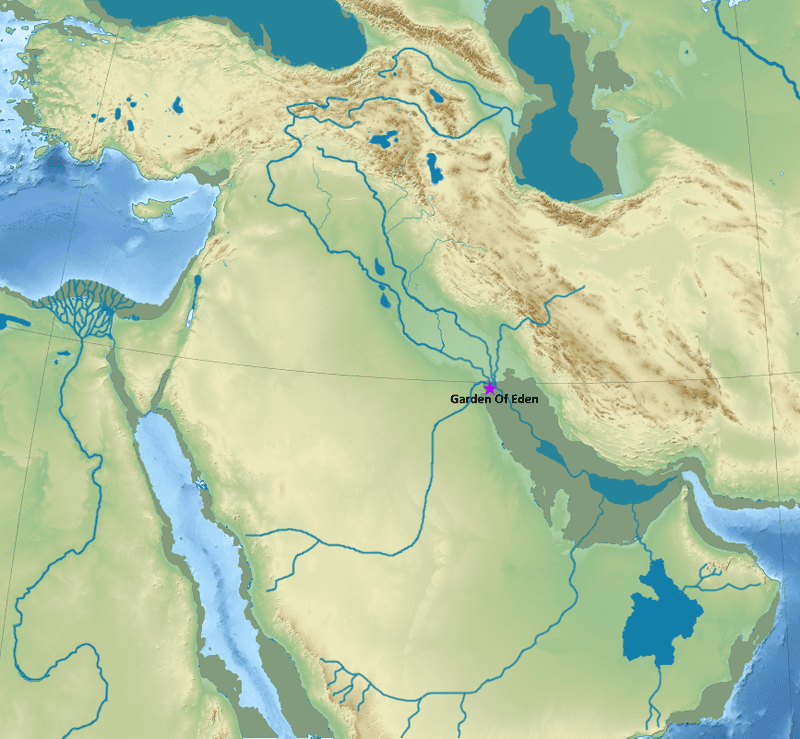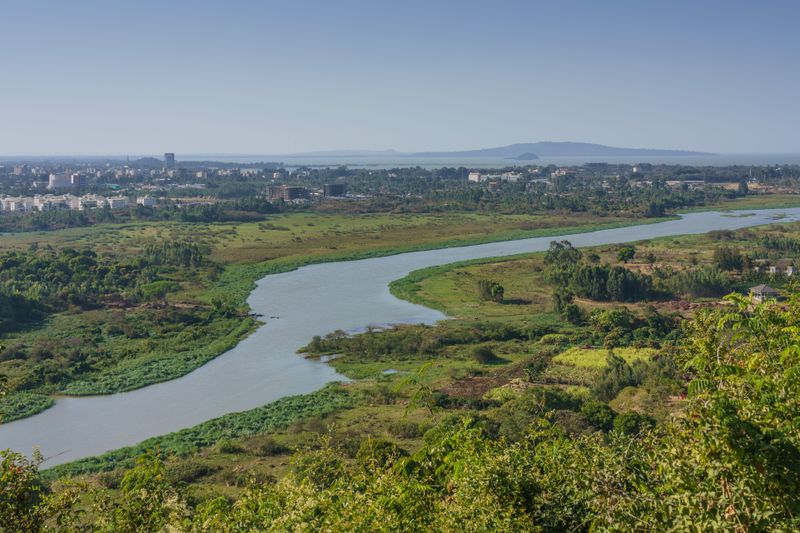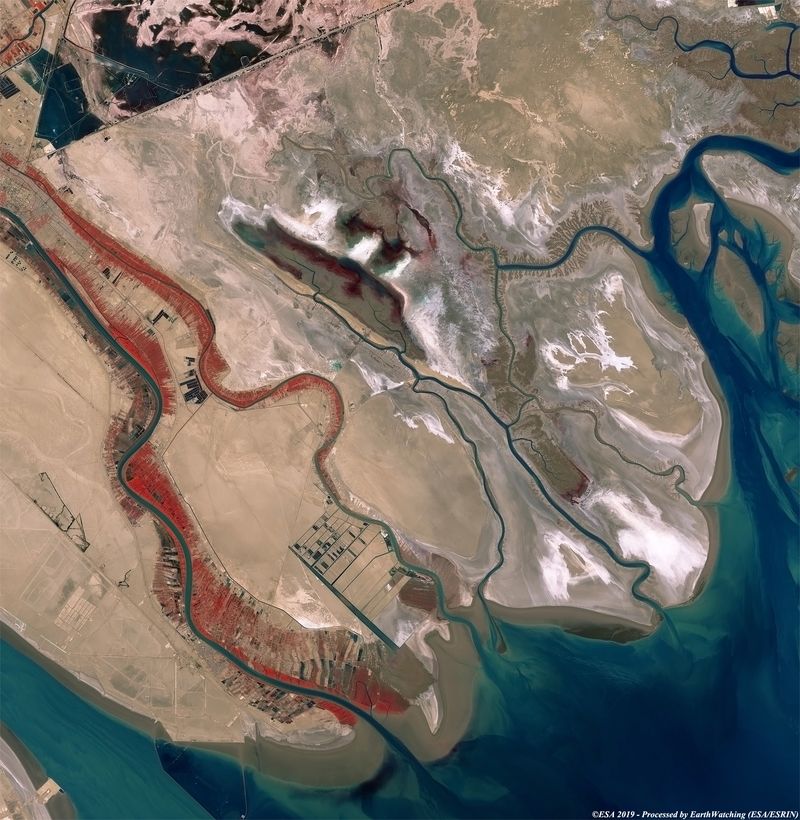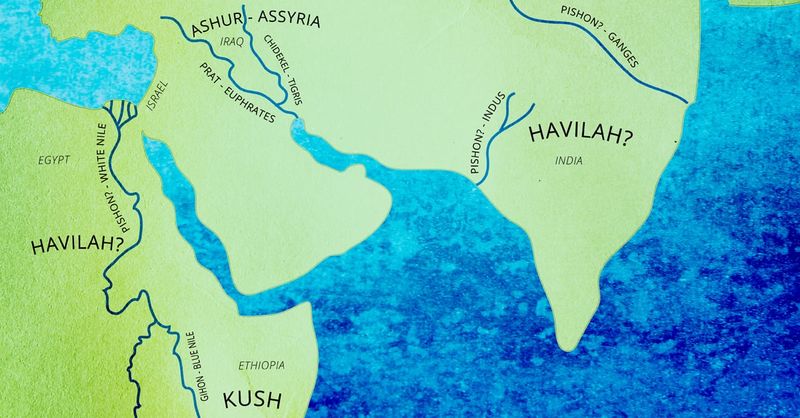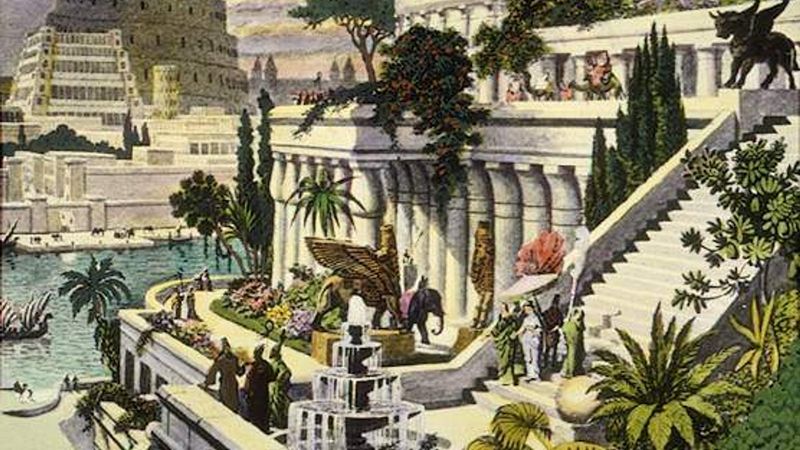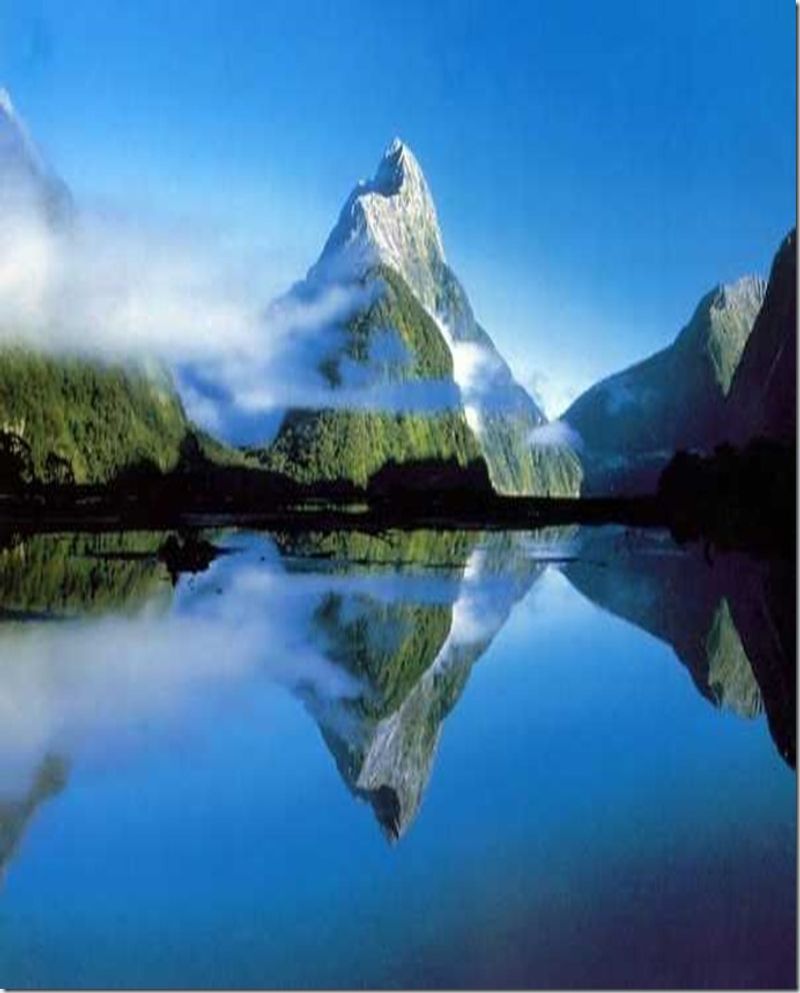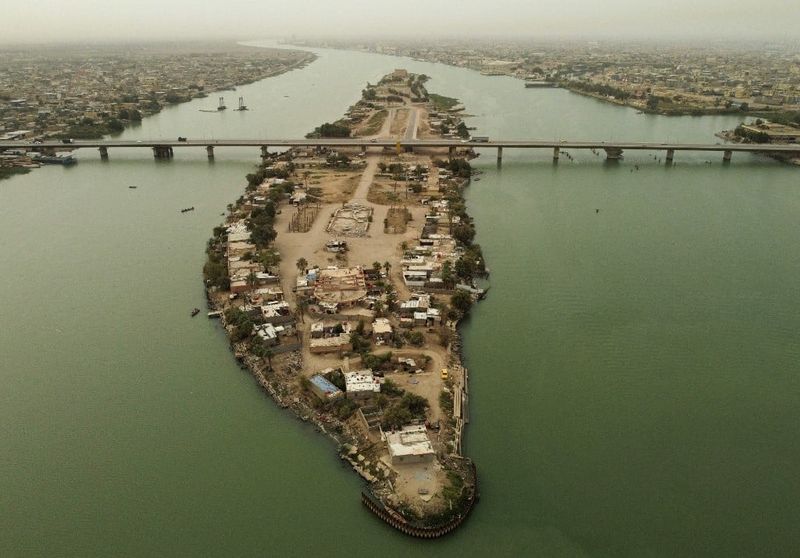The Garden of Eden has captivated human imagination for thousands of years. This paradise from the Bible’s opening chapters is described as the perfect home where humans first lived.
While many consider Eden just a myth, surprising evidence suggests it might have been a real place. Scientists, archaeologists, and biblical scholars are piecing together clues that could finally reveal where this legendary garden once bloomed.
1. Biblical Rivers Still Flow Today
The Book of Genesis mentions four rivers flowing through Eden, and remarkably, two still exist today. The Tigris and Euphrates continue their journey through modern-day Iraq and Syria, essentially providing a geographical anchor point for Eden theories.
Ancient texts describe these rivers with such geographical precision that they couldn’t be purely symbolic. Their continued existence provides researchers with literal starting points for their search.
For centuries, these rivers have been the strongest physical evidence connecting the biblical narrative to our modern world.
2. Mesopotamia: Humanity’s First Home
Between the Tigris and Euphrates lies Mesopotamia, often called the “Cradle of Civilization.” This fertile region saw humanity’s first cities, writing systems, and organized agriculture—exactly what you’d expect from people descended from Eden.
Archaeological evidence shows advanced settlements in this region dating back to 10,000 BCE. The area’s natural abundance made it perfect for early humans to thrive.
Many scholars believe Eden’s story might be ancient people’s way of remembering this special birthplace of human advancement.
3. Sunken Paradise Under Persian Gulf
Marine archaeologists have made a stunning discovery beneath the Persian Gulf—evidence of an ancient, vast oasis now submerged underwater. Rising sea levels after the last Ice Age flooded this once-verdant landscape around 8,000 years ago.
Underwater mapping reveals ancient riverbeds and potential settlement sites. Before flooding, this region would have been a lush paradise with freshwater springs, abundant wildlife, and perfect conditions for early humans.
This timing aligns with many theological timelines for Eden, suggesting paradise might be hiding beneath the waves.
4. African Origins Match Human DNA
Modern genetic research consistently points to East Africa as humanity’s birthplace. Scientists have traced our earliest ancestors to this region through mitochondrial DNA studies of “Mitochondrial Eve”—our shared female ancestor.
The rich biodiversity and climate of the Ethiopian highlands or Tanzania’s Rift Valley match Eden’s described abundance. Rivers flowing from these highlands could correspond to the four rivers mentioned in Genesis.
This scientific evidence creates a compelling case that Eden might not have been in the Middle East at all, but in the cradle of humanity itself—Africa.
5. Mystery River’s Modern Identity
Genesis describes the Gihon river as winding “through the entire land of Cush”—a region historically associated with modern Ethiopia or Sudan. Many biblical scholars now believe this mysterious river could be today’s Blue Nile.
The Blue Nile originates from Lake Tana in the Ethiopian highlands and perfectly matches the biblical description. Its seasonal flooding patterns also align with ancient accounts.
If this identification is correct, it provides another geographical anchor point that shifts Eden’s potential location southward into northeastern Africa.
6. Armenian Highlands: The Garden’s Mountaintop
The mountains of Armenia hold a special place in biblical geography. Noah’s Ark supposedly landed on Mount Ararat, and interestingly, this region is also the source of both the Tigris and Euphrates rivers.
The Armenian Highlands’ elevation would have protected it from the biblical flood. Local traditions in this region have long claimed connections to Eden, with specific valleys and mountain areas identified in folklore.
The combination of biblical geography, river sources, and persistent local traditions makes this mountainous region a compelling candidate for Eden’s location.
7. Space Technology Reveals Ancient Waterways
NASA’s advanced satellite imaging has uncovered something remarkable: ancient, dried-up riverbeds matching biblical descriptions. These hidden waterways, invisible from the ground, appear clearly from space.
One particularly interesting discovery is a massive dried riverbed buried beneath the sands of Saudi Arabia. This could potentially be the biblical Pishon river, described as flowing through gold-rich lands.
Without modern space technology, these geographical clues would have remained hidden, showing how science is helping to unlock biblical mysteries that were impossible to solve before.
8. Lost Oasis at the Gulf’s Head
Archaeological evidence reveals a once-thriving oasis existed at the northern end of the Persian Gulf. During the last Ice Age, sea levels were much lower, exposing a vast, fertile plain where the Gulf now lies.
This region would have had fresh water, abundant wildlife, and perfect growing conditions. Stone tools and other human artifacts have been discovered along what would have been the ancient shoreline.
As climate changed and waters rose around 6000 BCE, any settlements would have been gradually submerged—perhaps explaining why Eden became “lost” in human memory.
9. Symbolic Garden of Human Consciousness
Some theological scholars propose Eden was never meant to be understood as a physical location. Instead, they suggest it represents humanity’s awakening to consciousness and moral awareness.
The “fall from paradise” symbolizes our species’ evolution from instinct-driven animals to self-aware beings capable of understanding good and evil. This interpretation sees Eden as a powerful metaphor for humanity’s psychological development.
This view reconciles the Eden story with evolutionary science, suggesting the garden exists not on any map, but within the human mind and soul.
10. Arabia’s Golden River Connection
Genesis describes the Pishon river as flowing through Havilah, “where there is gold.” Ancient gold mines discovered in Saudi Arabia align perfectly with this description, potentially identifying the region as biblical Havilah.
Archaeological excavations have uncovered extensive gold mining operations dating back thousands of years. The area is also rich in bdellium and onyx—the exact precious materials mentioned in Genesis.
Geological surveys have identified ancient river channels that once flowed through these gold-rich areas, providing a compelling match for the mysterious Pishon river.
11. Paradise Gardens in Multiple Ancient Cultures
Eden isn’t unique to the Bible. Remarkably similar paradise gardens appear in Sumerian, Babylonian, and Persian myths—all predating biblical texts. The Epic of Gilgamesh describes a garden with a special tree and divine beings.
These parallel stories suggest a shared cultural memory of an actual place. Such widespread accounts across different civilizations make it less likely that Eden was purely fictional.
Anthropologists suggest these stories might preserve memories of a real location so significant it remained in human storytelling for thousands of years across multiple cultures.
12. Genetic Evidence Points South
Modern genetic research has identified our species’ origin with remarkable precision. “Mitochondrial Eve”—the maternal ancestor of all living humans—likely lived in East Africa around 200,000 years ago.
This scientific finding aligns with biblical geography more than many realize. The land of Cush mentioned in Genesis has historically been associated with regions south of Egypt—modern Ethiopia and Sudan.
If Eden represents humanity’s true birthplace, genetic science suggests we should be looking toward Africa rather than the Middle East.
13. India’s Ancient Paradise Mountain
Ancient Hindu texts describe a sacred mountain called Mount Meru—a paradise at the center of the world with a cosmic tree and four rivers flowing in cardinal directions. The similarities to Eden’s description are striking.
Sanskrit writings describe this location as humanity’s birthplace. Some researchers believe geological events like continental drift could explain why such a place is no longer identifiable.
While considered a fringe theory by mainstream scholars, the detailed parallels between Eden and Meru suggest a possible shared origin story preserved in different cultural traditions.
14. Modern Technology Aids Amateur Explorers
The democratization of satellite imagery through Google Earth has created a new breed of “armchair archaeologists.” These dedicated hobbyists scan landscapes for patterns that might reveal Eden’s location.
One popular theory focuses on a specific site near Basra, Iraq, where satellite images show a distinctive pattern of waterways. This location, near where the Tigris and Euphrates meet, matches biblical geography.
While professional archaeologists remain skeptical, these amateur efforts have identified several promising sites worthy of further scientific investigation.
15. Climate Change May Have Erased Paradise
Eden’s disappearance might be explained by dramatic climate shifts that have occurred throughout human history. The Middle East was significantly wetter and more fertile 8,000-10,000 years ago.
Geological evidence shows rapid desertification transformed once-lush landscapes into arid regions. This climate change coincides with the estimated timeframe of Eden in many theological chronologies.
If Eden existed in what is now desert, its lush beauty would have been erased by natural climate shifts, explaining why such a significant place could vanish from human geography.



